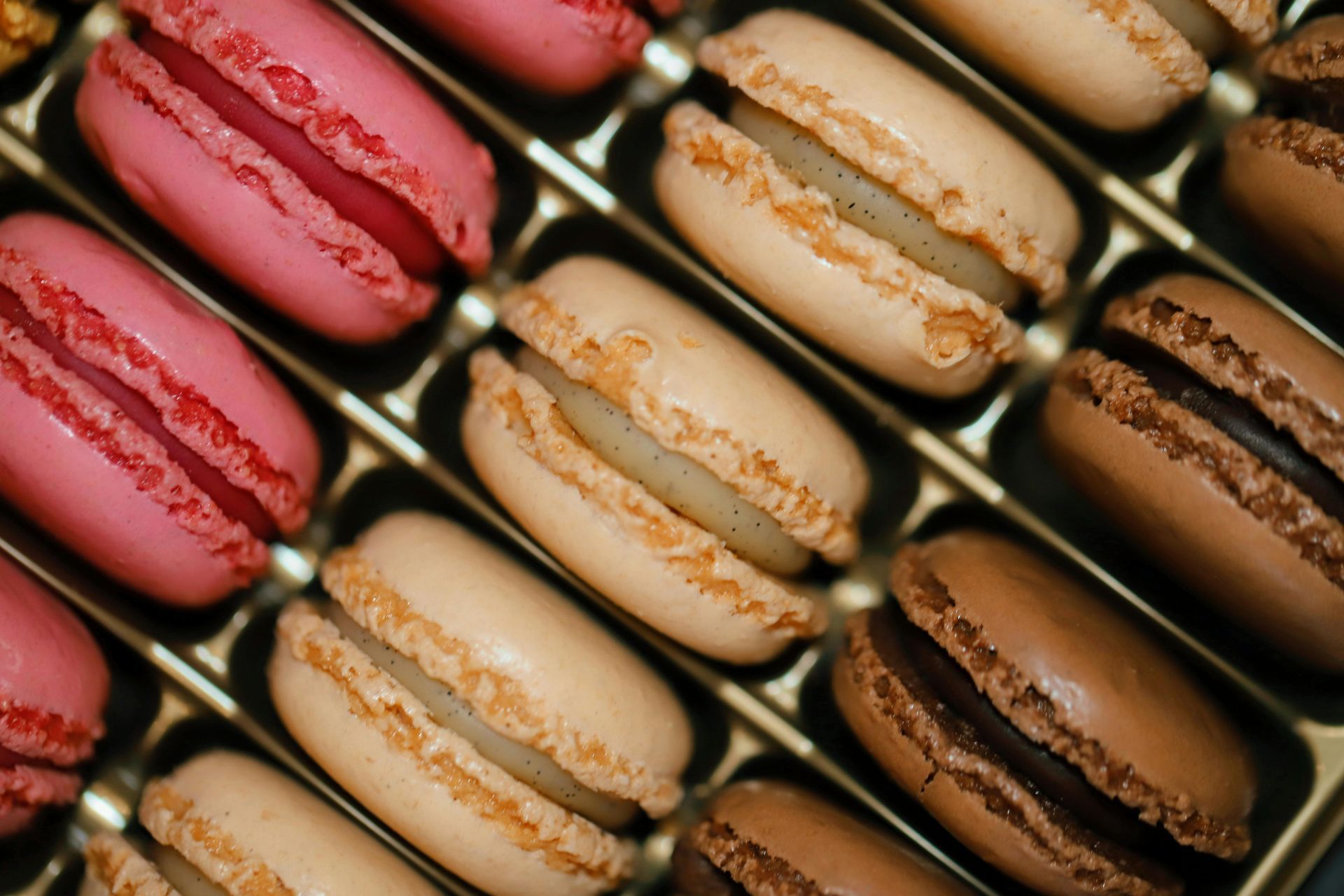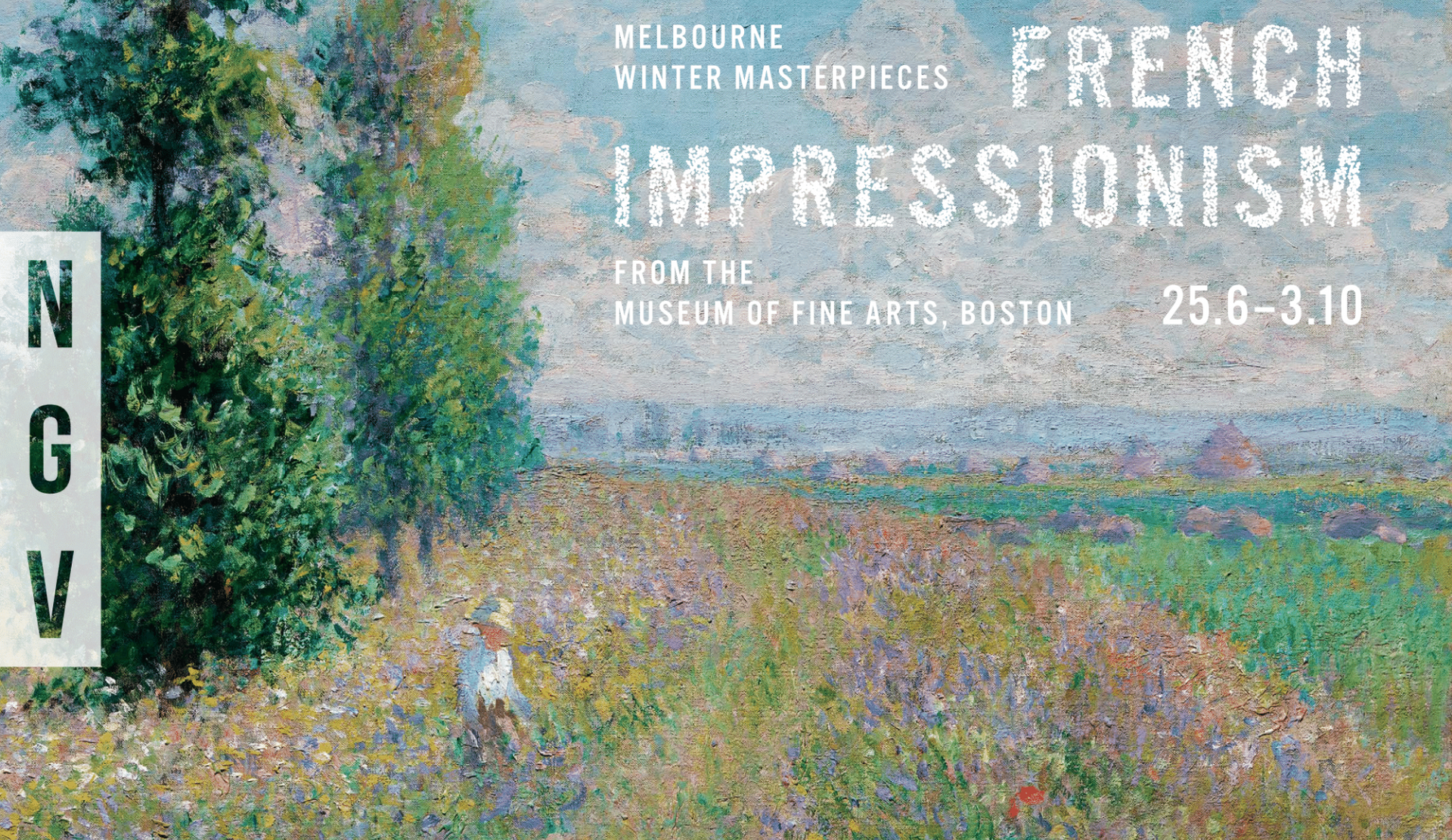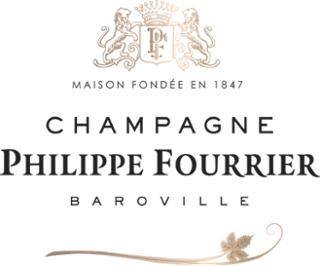France's Long and Fascinating History with the Winter Olympics
As we tune into the 24th Winter Olympic Games in Beijing (4 – 20 February, 2022), it is the perfect time to delve into the long history and association France has with this major international event.
Where it all began…
The first Winter Olympic Games were held in Chamonix, France, in 1924. Referred to as “International Sports Week”, the International Olympic Committee retroactively created the Winter Olympics in 1925, thereby making Chamonix the first ever winter games.
Set in the stunning French Alps, sixteen nations took part in the games, held over twelve events and all held outside.
The story continues…
Following the hosting of the 1924 games, France has gone on to host two further Winter Olympic Games (and two summer games).
In 1968, France hosted the 5th Winter Olympic Games in Grenoble, a French commune in the Alpine foothills. Held from 6 – 18 February, the games welcomed thirty-seven countries competing in thirty-five events contested across six sports (ten disciplines).
Highlights of these games included Frenchman Jean-Claude Killy wining three alpine skiing gold medals and figure skater Peggy Fleming winning the United States only gold medal.
In fact the popularity of Killy and Fleming was fuelled by ABC’s extensive coverage, a factor credited with making the Winter Olympics more popular in the United States.
The Winter Olympics returned to France in 1992 when the 16th Winter Olympic Games were held in Albertville, situated on the river Arly, close to the confluence with the river Isère. Running from the 8 to 23 February, the games hosted sixty-four nations competing across six sports in fifty-seven events.
While the host city was Albertville, figure skating, short track speed skating, speed skating, and the opening and closing ceremonies were the only events that took place there. All other events were held in the of Courchevel, La Plagne, Les Arcs, Les Menuires, Les Saisies, Méribel, Pralognan-la-Vanoise, Tignes and Val d’Isère.
The games debuted eight nations along with the Unified Team (representing the non-Baltic former Soviet republics) and Germany (the newly consolidated as a team following the reunification of the former East and West Germany in 1990.
Will the Winter Olympics return to France?
While the 2026 Winter Olympic Games host city has been announced as Milano Cortina, Italy, there is no word yet on the 2030 hosts.
However a joint bid from Spain, Andorra and France (Barcelona-Zaragoza-Pyrenees) are competing against Japan (Sapparo) and Canada (Vancouver-Whistler) for the privilege.
The successful host city will be announced at the IOC Meeting in Mumbai in 2023.
Interested in finding out about France’s extensive sporting culture? Read our article, AN ARMCHAIR GUIDE TO THE TOUR DE FRANCE 2021.



















